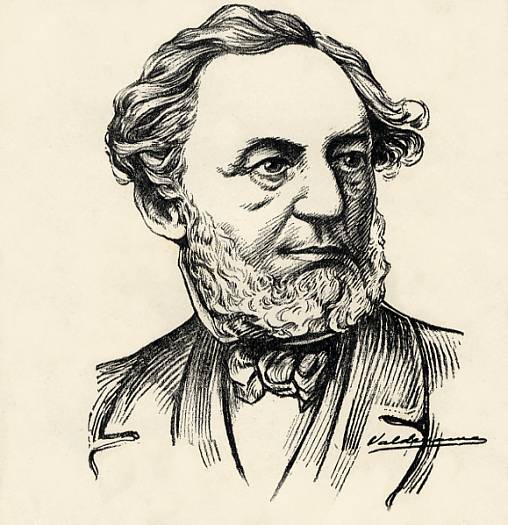2.3.1 Narrative and costumbrismo in Gaspar Betancourt Cisneros (1803 – 1866)

Under the pseudonym “El Lugareño” – he also used others such as Homobono and Narizotas – Gaspar Betancourt Cisneros wrote some articles on customs and narrative chronicles, in which he focuses on the development of his homeland of Puerto Príncipe, located in the central part of the island. He was closely associated with José Antonio Saco and Domingo del Monte through a continuous exchange of letters, whose letters have served to better understand Betancourt Cisneros’ personality and style.
Ideologically, he initially leaned toward annexation, perhaps because he had lived in Cuba from a young age, returning to Cuba when he was over 30. However, he would later identify with independence ideals, and due to his conspiratorial spirit, he was forced to leave the island again in 1846.
Associated with the genre of costumbrismo, but with hints of essay writing and combined with a desire to disseminate scientific and cultural knowledge, are the “daily scenes” published by Betancourt before 1840 in the Gaceta de Puerto Príncipe. In them, he addresses economic and social issues, and was also one of the first to address the education of children.
His prose is dominated by the use of common colloquial terms, even very local ones – which sometimes somewhat hinders communication with readers if one takes into account that the regions of the Island were not completely integrated – as well as a rather meager formal treatment, not yet revealing stylistic concerns but oriented towards the direct expression of the contents, with an implicit didactic purpose.
In Betancourt Cisneros’s texts, we can already see elements of the narrative that would gradually take shape with its own distinctive character, inspired by the contributions of successive authors. She shared the emotional essence of Romanticism but without adapting to its externalist rhetoric. In her work, she managed to humbly capture her love for her homeland, from which a broader nationalism would emerge, ultimately leading to a decisive commitment to independence.








